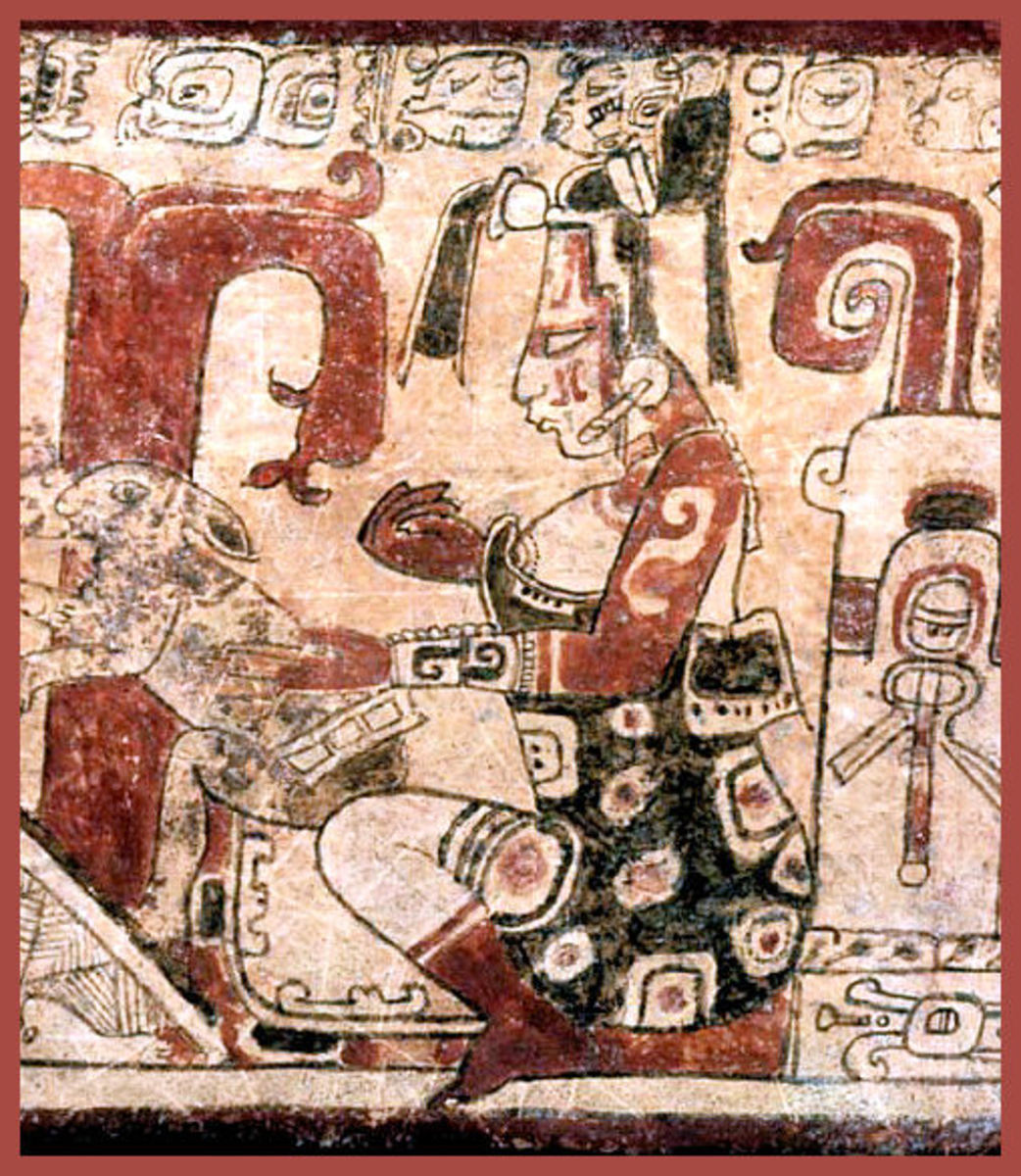A Worm's Eye View of Mexico's Golden Cactus Liquor, Mezcal
The Agave Potatorium
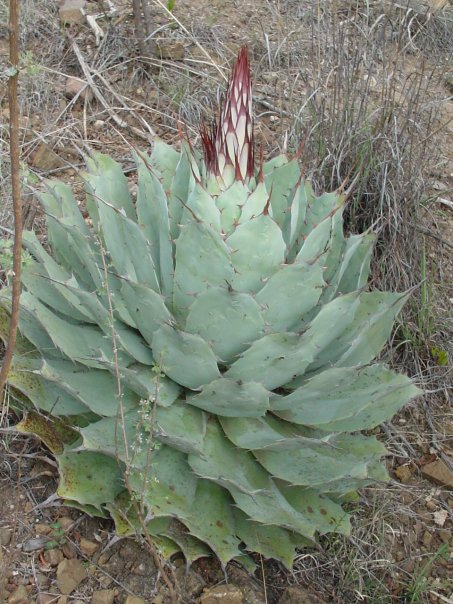

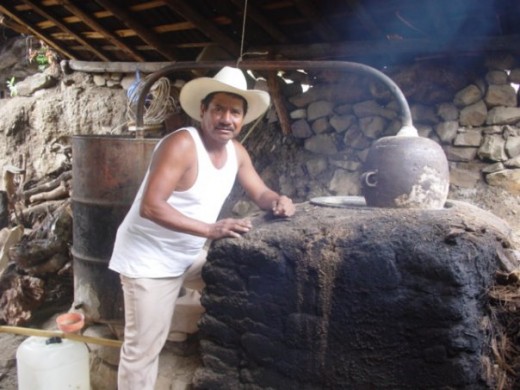
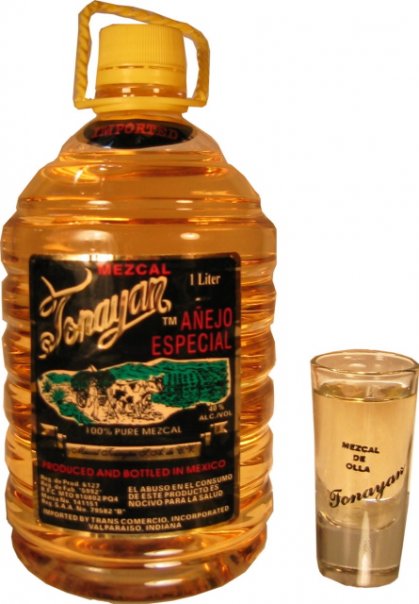

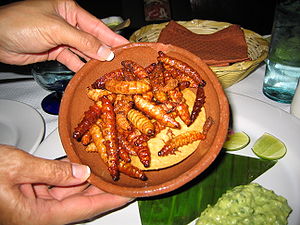
The Worm: A Weird Sales Gimmick?
A Worm’s Eye View of Mezcal
Although any worm, or gusano, associated with this rather mysterious and traditional Mexican libation, would certainly be too legless (no pun intended) to comment about anything.
Yes, this is the yellowy-gold, cactus-based liquor, which has a small packet of pulverized “worm” powder to take with a shot, and another whole worm inside the bottle, causing Westerners to grimace, Ughhh! And rural Mexicans to smile in appreciation.
Mezcal is number two in strength of the three Mexican alcoholic drinks derived from the Agave Plant, a succulent, often referred-to as cactus. The others are, Tequila, of course, the world’s rocket-fuel of choice these days, and the much milder and soporific Pulque, which I will write about in an upcoming hub article.
Mezcal is made from liquid extracted from the heart of the agave. After the plant matures, which takes between 6 to 8 years, it is harvested by “Jimadores,” or field workers, using a special long knife called a “coa de jima,” or merely “coa.” The leaves are discarded (or used for other things), leaving the heart, or “pina” (pineapple).
Traditionally, the hearts were baked in a “palenque,” a large, stone-lined, conical pit in the ground Like a giant oven, the pits were filled with the hearts, red-hot rocks, then the discarded agave leaves, petate (palm fibre mats) and earth. The pinas were allowed to cook until the oven had cooled - about 3 days, during which time, the hearts absorbed flavours from the earth and wood smoke, etc. Then the hearts would be “rested” for a week and then crushed in a mill by a huge stone wheel. These days, the above process is usually duplicated by using large, stainless steel oven and mechanical crushers… Ah! Progress; and I bet it doesn’t taste as good.
The next stage is fermentation. The mash is placed in 500 gallon wooden vats and 10%/volume water is added. The mash, now called “tepache” is covered with palm mats and allowed to ferment with its own yeasts and enzymes for up to 30 days. At the discretion of the master distiller, sugars and chemical yeasts are added. There is some government intervention at this stage insisting that at least 80% of the mix be pure extract of agave.
Next is the ageing process as distillation continues. The mash is double-distilled. The first leg yields low-grade ethanol alcohol, then the fibres are removed from the mash, and the alcohol from the first leg added again. This is distilled again and water is added as needed to keep the alcohol around 80% proof. The results are put into wooden barrels and the ageing process of 2 months to 7 years then begins. During this stage, the mezcal can be bottled for the market’ or aged further to produce a finer and more expensive drink.
Mezcal ages rapidly compared to other spirits. During the ageing process the mezcal takes on the golden colour and its flavour is influenced by the barrels. As with certain tequilas, the longer it is aged, the darker the colour and the more pronounced the flavour. “Young” mezcal is called “reposado” (rested), “Anejo” or aged, means the drink has been aged more than one year.
The worm is left out of many mezcals these days in deference to foreign sensibilities I imagine. It was really only a sales gimmick anyway. The “worm” is actually not a worm at all, but is a caterpillar, the “Hypopter agaves,” the Maguay Gusano,” or worm.
(these gusanos come from the heart of the agave or maguay and are eaten on salads, etc., in Mexico and are very expensive these days…they are actually rather moorish, salty and nutty tasting! Aficionados have likened them to the Aboriginal “wichetty grubs“).
A selection of brands that DO still contain worms are: Oro de Oaxaca, Gusano de Oro, Gusano Rojo, Monte Alban and finally, lording it over the rest because each bottle contains TWO worms, “Dos Gusanos!” (“dos” is two in Spanish). Many brands also have the tiny satchet containing dried and powdered worm; a pinch is supposed to be taken with each cup.
Another, thankfully rarer, manifestation found in a few mezcals is the inclusion of an “alecran,” scorpion! This has been designed for the more macho of the imbibers, but has been found harmless by the FDA in the States and the stingers are removed. (Not for yours truly: I once found a huge scorpion in a cup of tepid tea I was about to chug-alug. How it got there, I never found out, but I always suspected my popularity in Cuernavaca after this).
Mezcal is often used at special ceremonies and feasts in Mexico. One such is held in Acapuclco regularly involving steaming platters of iguana meat and limitless amounts of mezcal drunk from bamboo cups. I was ill and hung over for days after one I went to in the late 1990’s! Mezcal is not generally anywhere near as strong as tequila and most other spirits, but it’s the volume, isn’t it?
So, cheers, fellas, the worm’s on me!!


